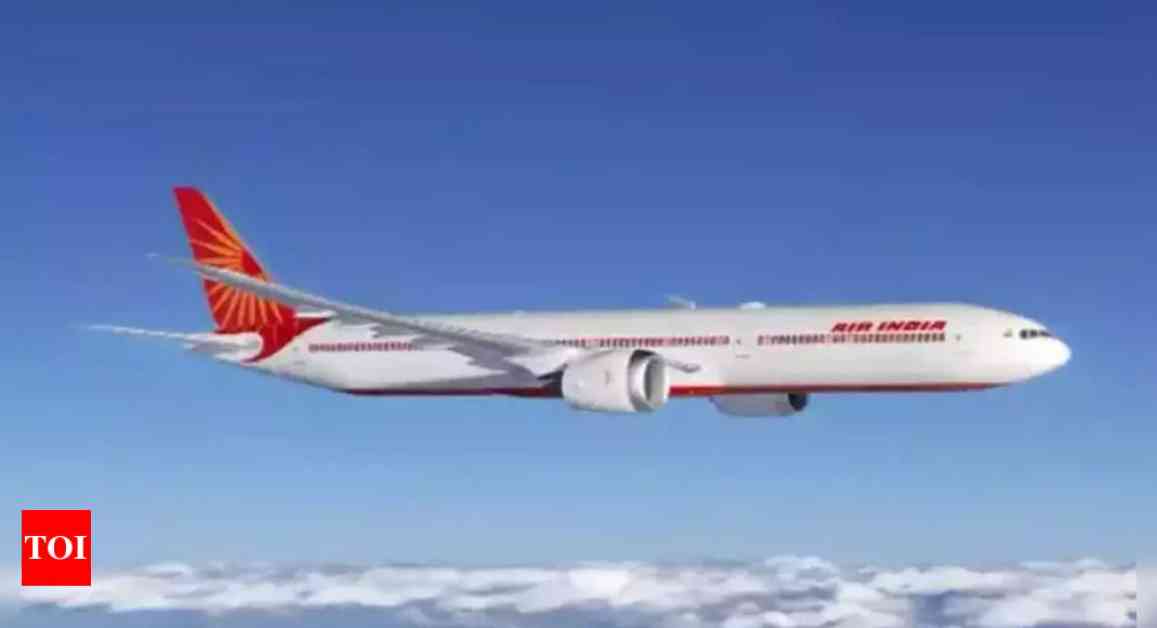**Air India’s Cost Structure Under Pressure as Rupee Falls; International Flights Offer Relief**
In a recent development, Air India’s cost structure has come under pressure due to the declining value of the Indian rupee. The situation has raised concerns about profitability within the airline industry, especially as most operational expenses are denominated in US dollars. As the rupee touched a record low of 86.04 against the US dollar on January 10, Air India’s Chief Commercial Officer, Nipun Aggarwal, highlighted the challenges posed by this currency fluctuation.
**Natural Hedge Through International Flights**
Amidst these concerns, Air India has found a natural hedge through its international flights. Since tickets for these flights are priced in foreign currencies, the airline can mitigate some of the impact of the falling rupee by charging more for these services. With a total of 1,168 daily flights, including 313 international services, Air India has a significant presence in the global aviation market. Aggarwal emphasized the importance of this international exposure in helping the airline navigate the challenges brought on by currency devaluation.
**Competitive Industry Dynamics**
Despite the ability to charge more for international flights, Aggarwal acknowledged that increasing airfares is not a straightforward solution. The airline industry is highly competitive, and pricing decisions must consider the sensitivity of demand to changes in ticket prices. Aggarwal pointed out that the industry’s profitability is constrained by these market dynamics, making it challenging for airlines to pass on increased costs to consumers.
**Broader Economic Context**
Looking beyond the immediate impact on Air India, Aggarwal noted that the depreciation of the rupee is not a new phenomenon. The currency has been losing value at a rate of 2-3% annually for several years, affecting not only the airline industry but various sectors of the economy. Despite these challenges, Aggarwal expressed confidence in Air India’s ability to adapt to the evolving economic landscape and maintain its operational efficiency.
**Conclusion**
As Air India continues to implement its transformation plan and expand its fleet and network to meet growing demand, the airline remains vigilant about managing the impact of currency fluctuations on its cost structure and profitability. With a strategic focus on leveraging international flights as a hedge against currency risks, Air India aims to navigate the complexities of the aviation industry while delivering value to its customers and stakeholders.
This random humanizing touch will be the personal story of a frequent Air India flyer who appreciates the airline’s commitment to providing reliable and affordable services despite external challenges in the industry. This story will showcase the impact of Air India’s cost structure on real passengers and highlight the importance of sustainable business practices in the aviation sector.























